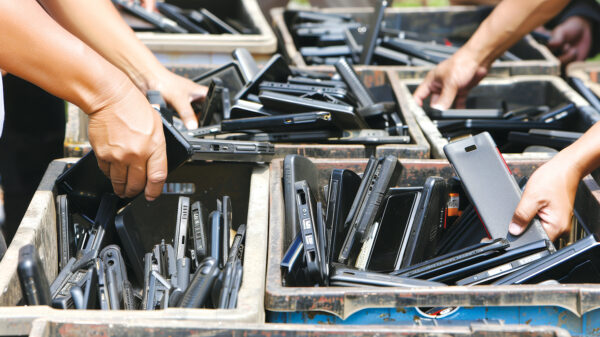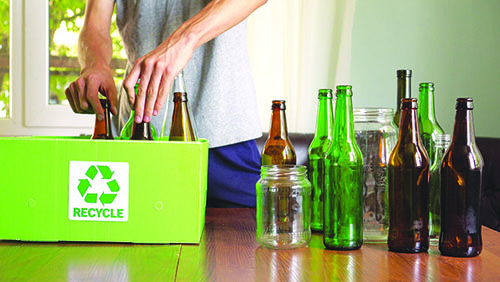Actions that bottled water companies continue to take to reduce their environmental footprint were highlighted on Earth Day, according to the International Bottled Water Association (IBWA).
“We agree with the organizers of Earth Day that education is the foundation for progress, which is why IBWA is taking this opportunity to educate the public about the bottled water industry’s continued efforts to reduce the impact of its products and its dedication to protecting our environment and natural resources,” said Jill Culora, vice president of communications for IBWA.
Some of these measures include:
•Lightweighting PET plastic packaging. With an average weight of 9.25 grams per 16.9 ounce single-serve container, bottled water uses one-third the amount of PET it takes to make soda and other drink containers, which need to be thicker due to carbonation and manufacturing processes and weigh, on average, 23.9 grams.
•Reducing water used in production facilities. On average, it takes only 1.32 liters of water to produce 1 liter of finished bottled water (including the liter of water consumed). This is the lowest water-use ratio of any packaged beverage product.
•Using less energy. On average, only 0.24 mega joules of energy are used to produce 1 liter of bottle of water – the lowest amount compared to any packaged drink.
•Providing consumers with packaging that is 100 percent recyclable (even the caps).
•Entering into partnerships with stakeholders to educate consumers and increase recycling rates.
•Home and office delivery three and five gallon plastic bottled water containers are returned to the plant, sanitized, and then re-used 30 to 50 times before they are removed from the market and recycled.
•Making PET plastic bottles from recycled plastic (rPET) – which uses 84 percent less energy to manufacture than those made from virgin material. It also saves more than $8 million in landfill dumping fees every year. Many bottled water companies already use bottles made from 50, 75, and, in some cases, 100 percent rPET.
•Educating consumers about the importance of recycling their empty bottled water containers. A study by the National Association for PET Container Resources shows empty PET bottled water containers have a higher recycling rate than the overall PET bottle rate.
•Reducing impact on landfills. Bottled water containers are 100 percent recyclable, but when they aren’t recycled, they make up just 3.3 percent of all beverage containers that end up in landfills.
•Developing a Material Recovery Program (MRP), a collaborative joint venture between businesses and government that supports the development of new, comprehensive solutions to help manage solid waste in U.S. communities. This can be done by having all consumer product companies, including bottled water, work together with state and local governments to improve recycling and waste education and collection efforts for all packaged goods.
Published in the June 2017 Edition of American Recycler News







